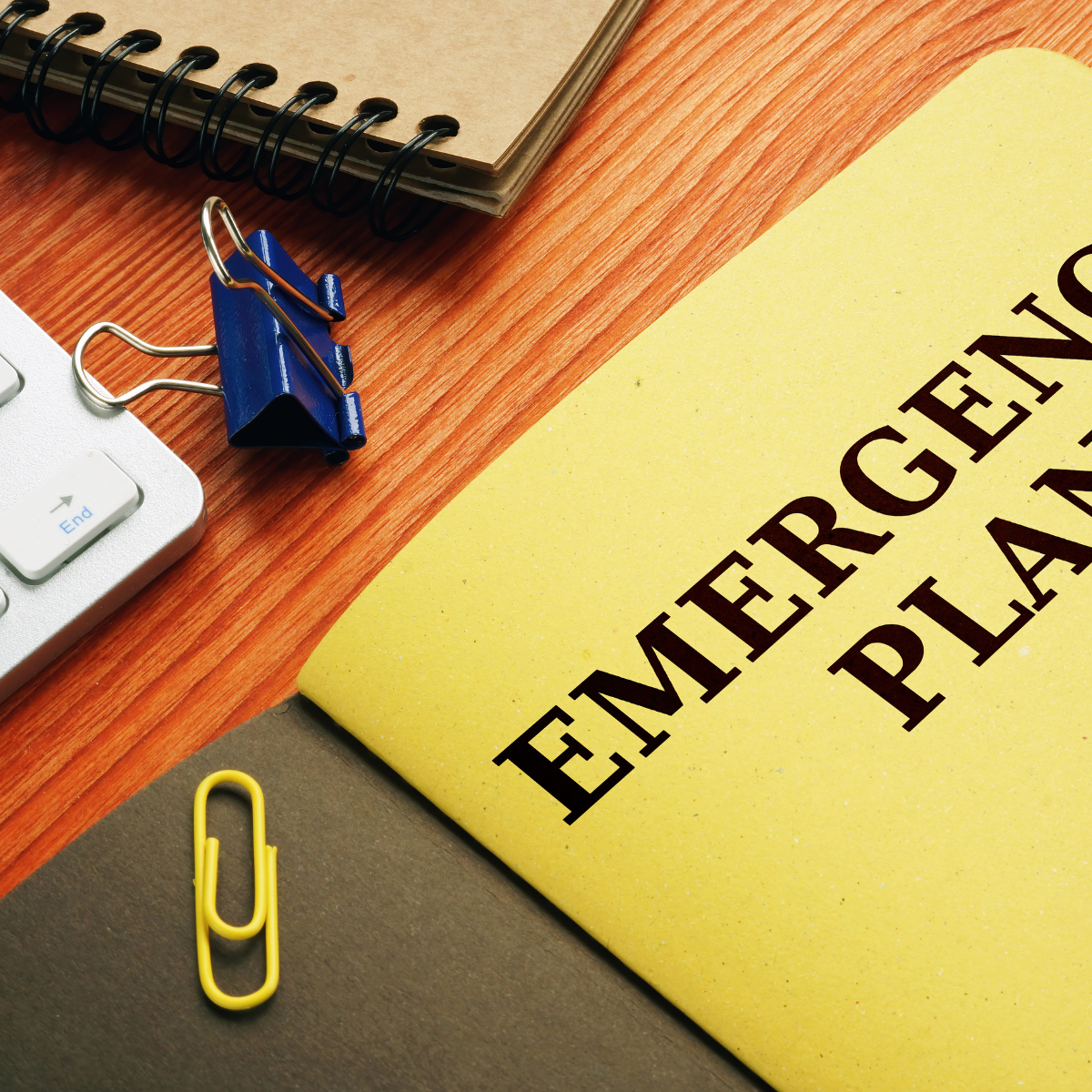
20 Sep Disaster Preparation: A Vital Component of Annual Planning in Property and Association Management
As September marks National Preparedness Month, property and association managers are reminded of the importance of disaster preparedness as a crucial aspect of their annual planning. Beyond the routine maintenance and operational tasks, planning for unforeseen disasters is paramount to safeguarding both property assets and the well-being of residents. In this blog, we’ll explore why disaster preparation should be integral to your annual strategy, emphasizing region-specific plans for natural disasters and addressing national issues like security and cybersecurity. Moreover, we’ll highlight the role of a trusted property management partner in facilitating effective planning and draw inspiration from companies that excelled in communication and technology during the COVID-19 pandemic.
Why Disaster Preparedness Belongs in Your Annual Planning
Annual property and association management planning revolves around budgeting, maintenance, and community engagement. However, the events of the past few years, from natural disasters to the COVID-19 pandemic, underscore the urgency of incorporating disaster preparedness into this routine. A proactive approach can mitigate risks, ensure the safety of residents, and protect property investments.
Region-Specific Strategies for Natural Disasters
Property managers must tailor their disaster preparedness plans to their specific geographic regions. Whether it’s hurricanes, earthquakes, wildfires, or floods, understanding the unique challenges posed by your location is crucial. Collaborate with local authorities, emergency services, and insurance experts to develop comprehensive plans for evacuation routes, shelter locations, and disaster recovery measures specific to your region.
Addressing National Issues: Security and Cybersecurity
Disaster preparation goes beyond just natural disasters. National issues, such as security and cybersecurity, also demand attention. With cyber threats on the rise, it’s imperative to safeguard sensitive data and communication channels. A robust cybersecurity strategy should be integrated into your disaster preparedness plan. Additionally, consider security measures to protect against physical threats and intrusions.
The Planning Process: A Guided Approach
Consider effectively following a structured planning process to integrate disaster preparedness into your annual planning. This approach ensures that every aspect of disaster readiness is meticulously addressed.
The Role of a Trusted Property Management Partner
Navigating the complexities of disaster preparedness can be overwhelming, but partnering with a skilled property management company can make all the difference. A reputable partner will help structure board and employee meetings to prioritize disaster preparedness, ensuring everyone is on the same page and ready to act when necessary. Their expertise in risk assessment, emergency planning, and communication technologies can be invaluable assets in times of crisis. They should be able to assist you with steps similar to those outlined here:
- Step 1: Create a Planning Team: Assemble a dedicated team of individuals within your organization, each with unique skills and expertise. Collaborative efforts bring diverse perspectives to the table and can result in a more comprehensive and effective disaster preparedness plan.
- Step 2: Brainstorm, Rank, and Understand Situations: Conduct a thorough assessment of your property or association’s potential situation(s). This involves identifying your region’s specific natural disaster risks discussed above and analyzing your current security and cybersecurity vulnerabilities. Understanding the context is crucial for tailoring your disaster preparedness plan.
- Step 3: Set Objectives: Set clear and achievable goals for disaster preparedness. Define what success looks like for your organization in the event of a disaster. These objectives will serve as guiding principles throughout the planning process.
- Step 4: Plan Creation: Develop your disaster preparedness plan with a deep understanding of your situation and defined goals. This step involves outlining strategies for mitigating risks, ensuring resident safety, and safeguarding property assets.
- Step 5: Plan Presentation, Review, and Approval: Thoroughly prepare and review the plan, seeking input from all stakeholders, including board members, employees, and residents. Ensure that the plan aligns with your organization’s mission and values. Once refined, obtain formal approval to move forward.
- Step 6: Plan PRACTICE and Maintenance: Once approved, implement your disaster preparedness plan. Regularly update and practice the plan to adapt to changing circumstances and emerging threats. Continual training and drills are essential to ensure that everyone knows their roles and responsibilities in times of crisis.
Learning from COVID-19 Success Stories
While the COVID-19 pandemic posed unforeseen challenges, it also showcased the adaptability and resilience of many businesses. Companies that excelled during the pandemic embraced advanced communication technologies, enhanced remote work capabilities, and maintained transparent and regular communication with stakeholders. Property and association managers can draw inspiration from these success stories to bolster their disaster preparedness strategies.
In conclusion, National Preparedness Month is a poignant reminder that disaster preparation should be integral to property and association management’s annual planning. By tailoring strategies to address regional natural disasters and tackling national issues like security and cybersecurity, property managers can ensure the safety of residents and protect their investments. Collaborating with a trusted property management partner and learning from the experiences of thriving companies during the pandemic will further enhance disaster preparedness efforts. Stay safe, stay prepared.


